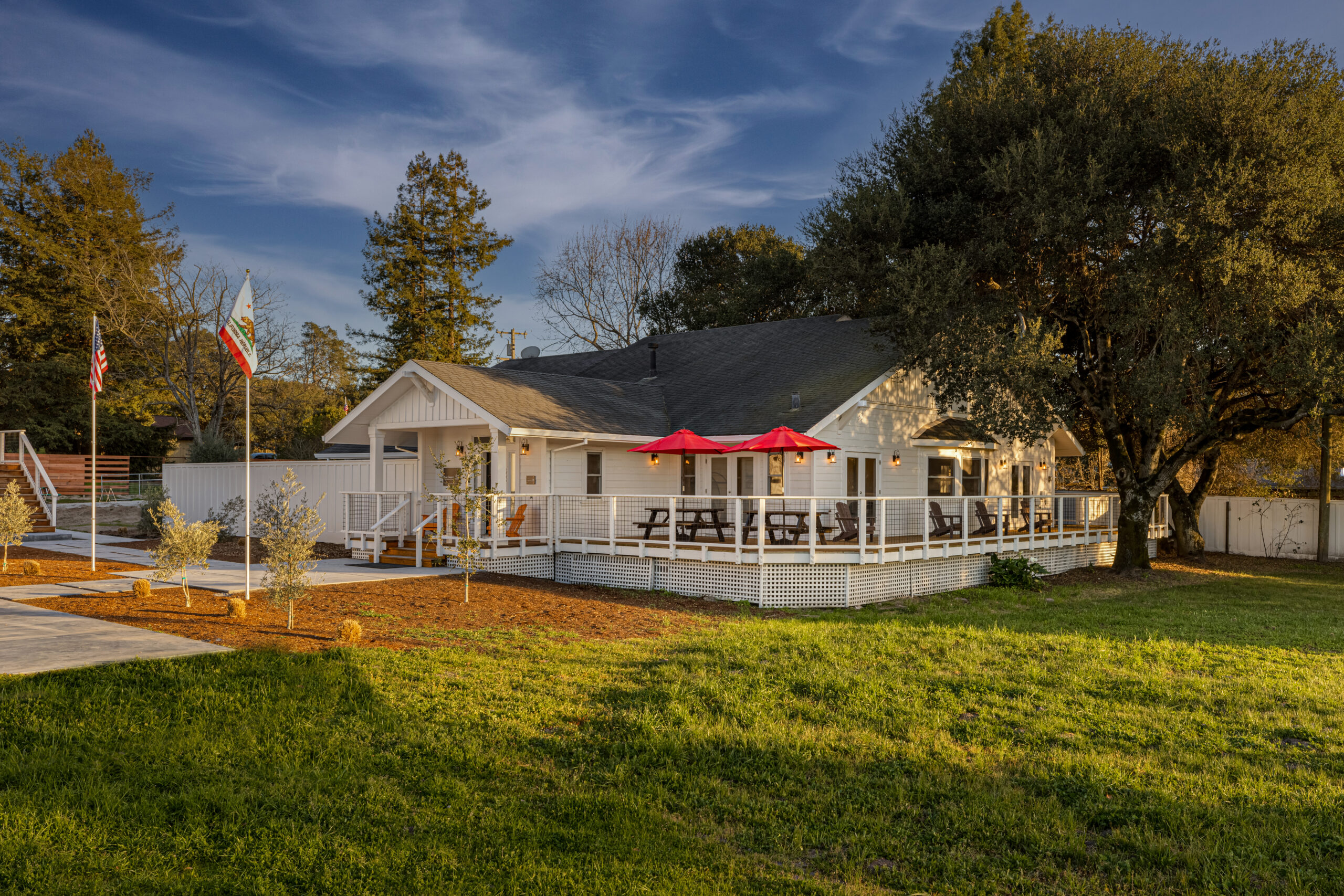More commonly known as body dysmorphia, body dysmorphic disorder (BDD) is a mental health condition in which teens become intensely preoccupied with perceived flaws in their appearance. It can cause a skewed understanding of their bodies and often leads to distress and compulsive coping behaviors. Around 1.9% of teens meet the diagnostic criteria for BDD, with girls and members of the LGBTQ+ community more commonly affected.
Most people with BDD develop it before the age of 18, though many do not receive a diagnosis until years after initial symptom onset. Muir Wood’s mental health treatment programs offer an opportunity for early intervention so teens can better manage their long-term mental and physical health and find relief from BDD-related symptoms.
Contact Us Now
Someone from our admissions team is standing by to help you find the best treatment for your teen.
When Does Body Dysmorphia Require Residential Treatment?
While the symptoms of BDD are distressing and may become debilitating over time, it is rarely the primary diagnosis that prompts care in a residential setting. However, teens experiencing BDD have high rates of co-occurring behavioral health conditions like depression, anxiety, disordered eating, and substance use disorders that commonly meet medical necessity for this level of care. Approximately 70% of young people with BDD have a psychiatric comorbidity.
Residential treatment may be indicated if combined symptoms cause:
- Severe compulsions: In an attempt to fix perceived flaws, teens may develop compulsive behavioral cycles like excessive grooming and body checking, or self-harm behaviors.
- Emotional distress: Intense anxiety, depression, or avoidance due to body image concerns can fuel overall levels of distress and co-occurring disorders.
- Social isolation: Teens may isolate themselves from friends and family, as they are unable to focus on healthy social connections due to fears and distress over body image.
- High-risk or harmful behaviors: Drugs, alcohol, and disordered eating habits are all common coping techniques teens may turn to in order to deal with BDD symptoms.
While Muir Wood does not treat active eating disorders, we are able to work with teens whose disordered eating is under control.
Residential treatment may also be indicated if previous levels of care, like outpatient therapy or medication, have not led to significant improvements. Take our quiz to see if your teen is ready for the next step in treatment.
How Is Body Dysmorphia Treated?
Muir Wood’s comprehensive mental health and dual-diagnosis programs are designed to address a variety of conditions. Through evidence-based treatment, teens learn to develop healthier self-perceptions, can improve emotional regulation, and are able to address co-occurring conditions in a structured setting. For both teen boys and teen girls, body dysmorphia can be treated as a component of emotional wellness and mental health.
Proven Therapeutic Modalities
Muir Wood believes in treating any condition with evidence-based therapeutic approaches. For BDD, talk therapy can help teens navigate obsessive thoughts and negative self-perceptions. Specific modalities like cognitive behavioral therapy (CBT) and dialectical behavior therapy (DBT) offer tools for managing intrusive thoughts and tolerating distress.
Family therapy offers relationship building and mutual understanding so that teens can navigate post-treatment healing in a supportive home environment. Group therapy provides peer validation for their experiences and allows them to develop confidence.
The Role of Experiential Activities
While talk therapy and medication are the two most common interventions for BDD, teens are best supported in their mental and behavioral health with a variety of emotional outlets and wellness experiences.
Those with dysmorphia symptoms can use creative outlets like art or music therapy to process identity and self-image concerns. Gentle movement programs like yoga or other mindfulness activities promote body acceptance and emotional balance. Muir Wood’s mental health and dual-diagnosis programs integrate experiential therapies like these throughout a teen’s stay.
Academic Support
Muir Wood’s Learning Centers offer support for academic continuity during a teen’s treatment. We’ve found that this alleviates stress about falling behind while allowing teens to develop critical functioning skills and self-confidence that support their overall healing. Teens are in an on-campus classroom setting with a teacher 15 hours per week, Monday through Friday.
2 Simple Ways to Get Started Today
“When you call Muir Wood, you will either reach me or one of my staff. Please know that we are 110% committed to helping you find the best treatment for your teen and will hold your hand through the entire process. And if we aren’t an ideal fit for your child, we’ll help you find a program that is.” — Maura “Mo” Sangster, Director of Admissions

Maura “Mo” Sangster
Director of Admissions
Why Choose Muir Wood for BDD Treatment?
Muir Wood specializes in treating co-occurring mental and behavioral health conditions in teens. With our expert team, your teen can address BDD symptoms and other co-occurring conditions in a safe and compassionate environment. Early adolescent intervention creates the foundation for life-long healthy body image and emotional regulation.
Move forward in your teen’s healing journey with Muir Wood. Contact us today or call us at 866-705-0828 to learn more about our programs or ask any questions. If you’re ready to start the process, fill out an assessment form or have us verify your insurance coverage.

